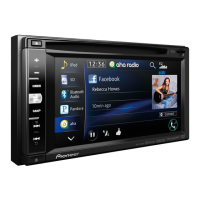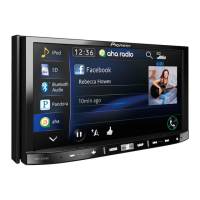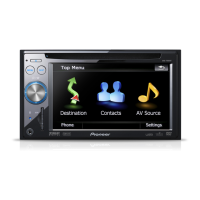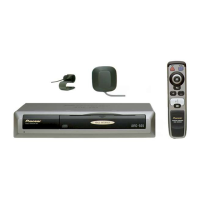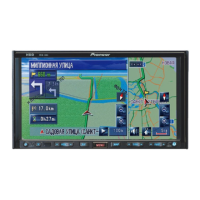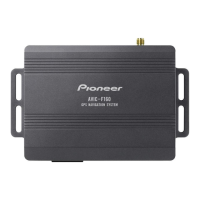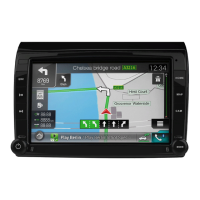Black plate (1,1)
Operation Manual
MULTIMEDIA NAVIGATION RECEIVER
AVIC-Z150BH
AVIC-X950BH
AVIC-X850BT
AVIC-X8510BT
Notice to all users:
This software requires that the navigation system is
properly connected to your vehicle’s parking brake and
depending on your vehicle, additional installation may
be required. For more information, please contact your
Authorized Pioneer Electronics retailer or call us at
(800) 421-1404.
Be sure to read Important Information for the User
first!
Important Information for the User includes the
important information that you must understand before
using this navigation system.
English
<CRB4224-A>1








